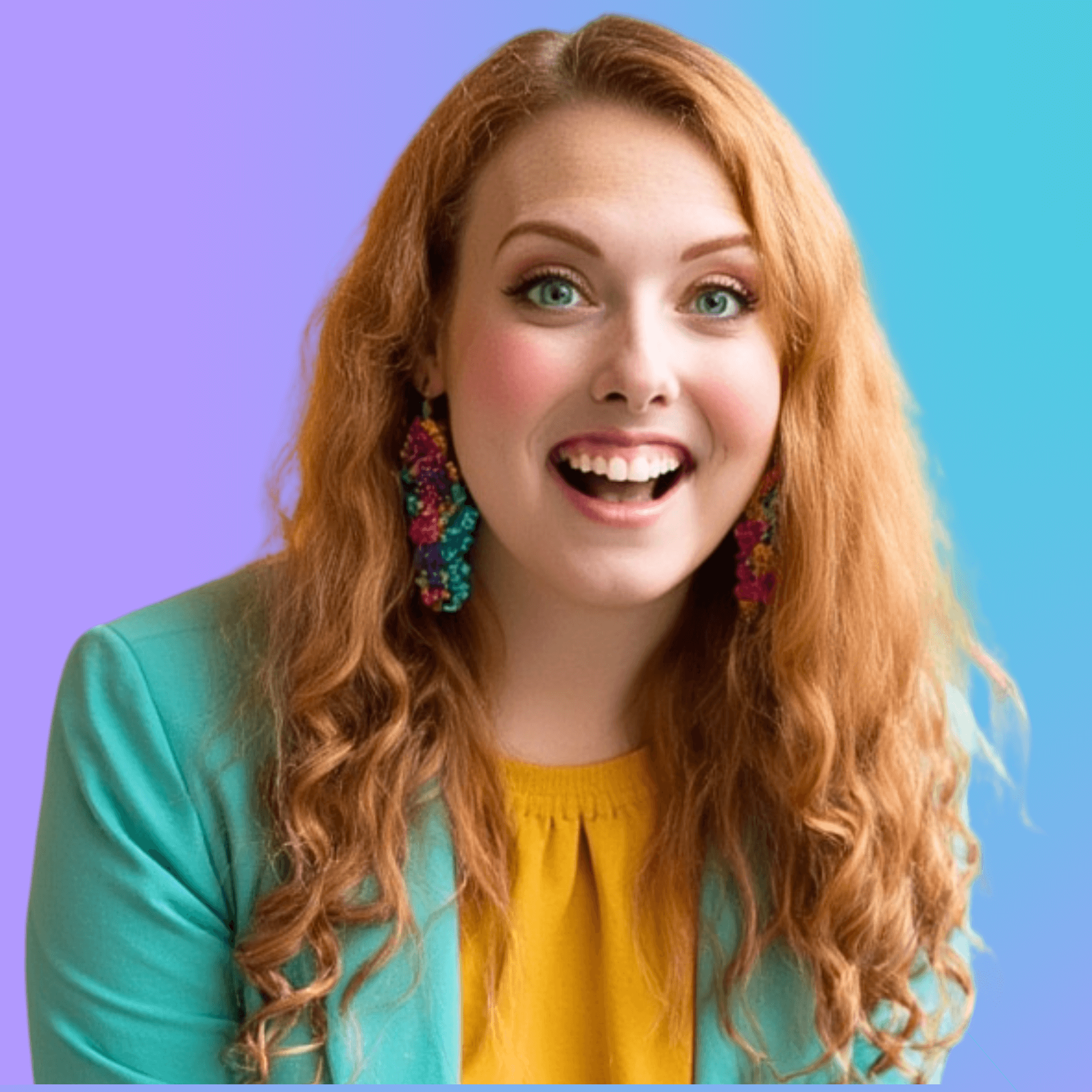Wouldn’t it be nice if people just sent you business?
That’s exactly what happened for copywriter and funnel strategist Nikki Trailor, who built a referral system that’s quietly generated more than six figures in revenue – with just two hours of work per week. Two to three high-quality leads, every month, for two years straight. No ads. No social media hamster wheel. Just simple, intentional relationship-building that keeps paying off.
When I first sat down with Nikki for this conversation, my audience was mostly made up of coaches and service providers. But now that the Visionaries community includes product-based founders, agency owners, consultants, and creatives, I want to give you some context. Because what Nikki’s built isn’t a “copywriter thing.” It’s a relationship system. And that means it can work for anyone who sells anything built on trust.
If you’re a service provider or agency owner, this model is easy to replicate. If you’re a coach or consultant, it translates seamlessly into strategic partnerships. And if you sell products? Think brand collaborations, joint boxes, or co-created collections. The principle is the same: when you generate revenue through relationships, you’re not competing for attention – you’re compounding trust.
What I love most about Nikki’s story is how simple it really is. There’s no complicated funnel, no content to create, and best of all, it’s rooted in connection. And this system turned two hours a week of thoughtful connection that turned into $126,000 in revenue.
If you’ve ever wished you could generate consistent income without constantly being “on,” this one’s worth a notebook and a pen.
LISTEN ON APPLE • LISTEN ON SPOTIFY
What you’ll hear inside:
- The quiet 2-hour-a-week routine that’s generated $100K+ in revenue in the last two years alone
- How a single message inside a Facebook group led to a full inbox, an $8K client, and multiple passive product sales — literally overnight
- Why you should never assume a competitor won’t refer clients to you — and the $60K proof that changed her mind
- The subtle way Nikki initiates cold DMs without feeling like a bro marketer
- How she vets potential partners without asking invasive questions — and the casual touchpoints that reveal everything she needs to know
- Nikki’s system for following up and staying top-of-mind for her partners without being annoying or needy
- The single most overlooked piece of a successful referral system — and why ignoring this costs you more than you realize
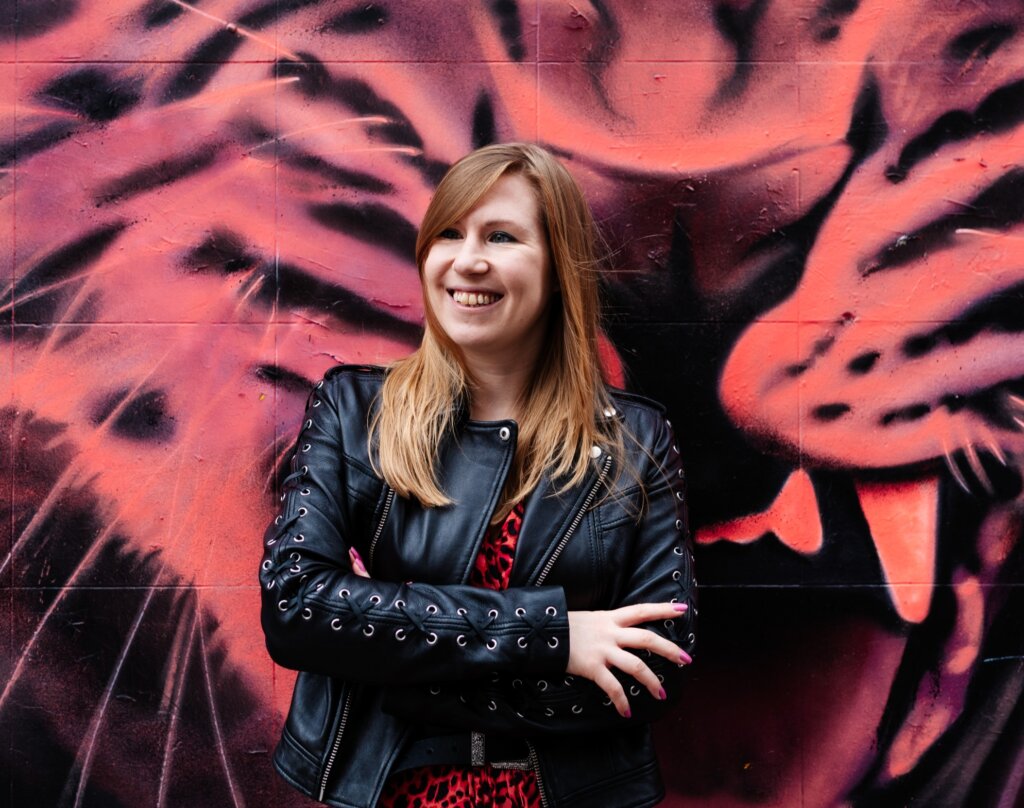
Meet Nikki: Copywriter, Funnel Strategist, and Client Referral Savant
When I asked Nikki to introduce herself, she laughed and said, “I’m a copywriter and funnel strategist. I work with coaches and course creators who want to make more money from their offers, but they don’t want to add more stuff to their calendar.”
That one sentence tells you almost everything you need to know about her. Nikki’s entire business model is built on simplicity — optimizing what’s already working instead of adding more noise, more content, or more complexity.
She’s a strategist who believes business should feel lighter, easier, and more sustainable. And that philosophy is woven into everything she does — including the referral system that ended up generating over $126,000 in under two years.
When I asked what it means to her to show up as the visionary in her business, her answer was immediate: “Being a visionary is all about forward thinking. It’s about putting your blinkers on and focusing on what you bring to the table — what you’re good at, what changes you want to see in the industry — and not being afraid to vocalize them.”
That mindset — the confidence to tune out the noise and stay true to your values — is the same energy she brought into creating a system that works for her, not against her.
Because at its core, Nikki’s story goes beyond building a referral network. Her story is about building a business that runs on relationships, integrity, and intention rather than algorithms.
How Her Client Referral System Started (By Accident)
Like a lot of great systems, Nikki’s started completely by accident.
She told me, “I started getting referrals in my business a little while ago, and it was one of those things that never started intentionally. But I realized how much I enjoyed getting referrals — how much easier business felt when they came in — so I decided to make it a system.”
At the time, she was still relatively new in business. She wasn’t posting a lot on social media. She was trying, as she put it, “to do everything.” But when she looked at her numbers inside her CRM, Dubsado, one stat jumped out at her:
75% of her leads were coming from referrals.
That moment changed everything. Nikki realized she didn’t need to reinvent the wheel — she just needed to understand why her referrals were working and how to turn that natural momentum into a repeatable process.
So she started tracking where every new lead came from, refining her approach, and systematizing what was already delivering results.
The result? A streamlined, low-effort system that has brought in over $126,000 in less than two years, averaging two to three new client referrals every month, with only two hours a week of intentional work.
I mean… whoa, right?!
And the best part — it’s not complicated. As Nikki says, “It’s pretty robust, pretty high ROI, and it’s worked very well for me so far.”
Building the System: Relationships, Not Referrals
If you want to generate client referrals consistently, you don’t need funnels or anything complicated — it’s rooted in relationships. Nikki’s system is a masterclass in how to create a referral engine that’s simple, sustainable, and rooted in genuine human connection.
She said it best: “I approach every conversation without any expectation. I go in with the intention of being useful to someone else or building a relationship. It’s not about how can I get money out of this person; it’s about how can we both win.”
Below, I’ve broken down exactly how she does it — and how you can replicate the same referral-based growth in your own business.
Start by Finding People Who Share Your Audience
The foundation of generating client referrals is alignment. Nikki doesn’t waste time chasing every potential partner online. She focuses on people who share a complementary but non-competitive audience — business owners who serve the same types of clients but offer different solutions.
She explained, “When I see someone who looks interesting, who clearly has a similar audience or business model, I dive deeper into their profile. If there’s potential for collaboration or partnership, that’s when I’ll reach out.”
These connections might be designers, tech specialists, or coaches — anyone who works with the same ideal clients from a different angle. That overlap creates an easy opportunity for mutual referrals without stepping on each other’s toes.
Lead With Connection, Not Sales Expectations
When Nikki finds someone she wants to connect with, she doesn’t pitch. She simply starts a normal human conversation. “I’ll reply to their stories or comment on something personal — like their dog or something funny they posted. I connect first as a person before ever talking about business.”
From there, she might transition naturally into a chat about work — but only if it feels right. “If I see they do something that could help my clients, I’ll say, ‘Oh, I noticed you do this — my clients sometimes need that too. It’s always good to know other people in this space.’”
The goal is never to sell — it’s to establish trust and synergy. Once that’s in place, she’ll invite them to a casual coffee chat. Those 20-minute calls are where most of her long-term partnerships begin.
Build Trust Through Consistency
People refer clients to professionals they trust — and that trust is built through consistency. Nikki treats every interaction as a reflection of how she does business.
“I show up on time, I follow through on what I say, and I stay in touch. Even if someone doesn’t refer me right away, they remember that I’m reliable.”
Her focus isn’t on closing a sale. Instead, she wants to build a reputation and a rapport with another. human. That reputation compounds over time until her name naturally becomes the one people think of when they hear someone needs copywriting or funnel strategy support.
Keep It Human
If there’s one thing Nikki’s system proves, it’s that referrals are human currency. The moment you make it transactional, it stops working.
She summed it up perfectly: “It’s about connection first. The referral is the byproduct.”
And that’s the core of how she’s managed to generate client referrals — consistently, predictably, and profitably — without the overwhelm of traditional marketing.

Finding the Right Referral Partners
Once Nikki saw how powerful referrals could be, she started thinking more strategically about how to generate client referrals by choosing the right partners — the kind who would not only send leads, but send the right leads.
She said, “I’m always looking for people who share a similar audience but aren’t direct competitors. Like, my clients might need what they do — or their clients might need what I do. That overlap makes it easy to help each other.”
Look for Alignment Over Opportunity
Nikki’s first step is paying attention to alignment. She scrolls social media and intentionally looks for people whose values, tone, and business model feel compatible with hers.
“If I see someone who looks interesting or has clearly got a similar audience or business model, I’ll start diving a bit deeper into their profile,” she told me. “If I see an opportunity where we could potentially collaborate, or where I could be useful to them, that’s when I start thinking about building the relationship.”
Nikki definitely doesn’t reach out to just anyone. For her, it’s about noticing where there’s shared ground — so the connection doesn’t feel forced or transactional.
Vet Potential Partners for Values and Vibe
Nikki’s system works because she’s intentional about who she builds relationships with. She looks beyond expertise and focuses on trust, professionalism, and communication.
“I’ll try to figure out whether their values come through in their content — how they like to work with people, whether they care about communication and relationships. I once hired a subcontractor who was just a really terrible communicator — late on deadlines and didn’t tell me — and I knew I’d never refer anyone like that.”
So now, she pays close attention to details most people overlook — like how someone shows up to a coffee chat. “If they don’t show up on time or don’t tell me they’re going to be late, that’s a red flag. I want partners who communicate the way I do.”
Competitors Can Be Referral Partners, Too
Here’s where Nikki flips the usual advice on its head: sometimes your competitors are your best referral sources.
“One of my best referrals came from another copywriter,” she said. “She decided to take a sabbatical from client work, and I happened to be top of mind because we’d built a good relationship. She passed me a client that turned into about $60,000 worth of business over time.”
Her takeaway? You never really know what’s happening in someone else’s business. A competitor might be overloaded, shifting direction, or just looking for someone reliable to recommend.
“I think it’s worth building relationships with people who technically do what you do,” she said. “Sometimes they just need someone trustworthy to hand work to — and if that’s you, it can be huge.”
Use Pricing as a Filter
Before she ever books a chat, Nikki does a quick check to make sure pricing and service quality are in the same ballpark.
“I’ll check their website and see whether our pricing makes sense together. If I’m charging four figures for a sales page and a designer is charging four figures for design, that’s aligned. But if one of us is three figures and the other is five, it’s probably not going to work.”
She doesn’t use strict rules or spreadsheets for this — she just goes with her gut. But the principle is clear: your referral partners should work with clients who value the same level of quality and investment that you do.
Finding the right people isn’t about volume but rather about fit. And Nikki’s results speak for themselves: the better aligned her relationships became, the stronger (and more profitable) her referral network grew.
Staying Top of Mind to Actually Generate Referred Clients
Once you’ve found the right people, the next step in learning how to generate client referrals is making sure they don’t forget you exist.
Nikki said, “It’s really easy to build that one-off relationship with someone. But if you don’t follow up, they’re going to forget about you. You know how many people you have conversations with online and then months later you see them pop up again and think, oh my gosh, I forgot I even spoke to that person?”
That’s why she systematized her follow-up process — because staying top of mind is what keeps the referrals flowing.
Create a Simple Tracking System
Nikki runs her relationship tracking through a lightweight combination of Airtable and email tags. When she books a coffee chat, her calendar link automatically collects the other person’s name, email, and a few key details — like what kind of referrals they’re looking for and whether they want to stay in touch.
“I have two questions on my booking form: what would make a good referral for you, and tell me a little about your business. That data goes straight into Airtable. I also ask if they’d like me to add them to my newsletter, and that helps me tag people in my email system for follow-up.”
This keeps everything super clear. Nikki knows exactly who’s in her network, what they do, and how to reconnect with them later.
Build a Dedicated Referral Partner Newsletter
One of the most brilliant parts of Nikki’s system is her referral partner newsletter — a quarterly email designed solely to stay connected with her network.
“It’s not my main client newsletter,” she explained. “It’s just for referral partners. I’ll send it maybe once a quarter — or even less — and it’s just a quick update: here’s what I’m working on, here’s who I’m looking for, and by the way, how can I support you right now?”
She sometimes includes invitations for another coffee chat or highlights opportunities to collaborate. It’s a simple, authentic touchpoint that keeps relationships alive without feeling salesy.
“The goal is to remind them I exist,” she said, “but also to genuinely ask how I can help them. It keeps the relationship reciprocal.”
Add Personal Touches
Automation can help you stay organized, but it’s the human touch that keeps people invested. Nikki still takes time for manual check-ins — a quick DM reply, a comment on a post, or a thoughtful message congratulating someone on a win.
“Sometimes I’ll just check in on their stories or comment on something cool they posted. It’s not structured — it’s just noticing where I can do something nice or supportive.”
That balance between system and sincerity is what makes her referral process stand out. It feels effortless because it’s genuine.
Time-Block Your Relationship Maintenance
Nikki spends around two hours a week total on her entire referral system — and part of that time is dedicated to staying top of mind.
“Most weeks, I’ll have one or two coffee chats that are 20 to 30 minutes each,” she said. “Then I spend about 20 minutes looking for new people, 20 minutes replying to messages, and 20 minutes following up with people I’ve already connected with.”
Having consistency around this is really what makes this work as a revenue system. Those small, intentional moments each week are what keep her relationships strong and her inbox full of leads.
The magic of Nikki’s system is it’s in its rhythm. Every connection has a place, every person gets remembered, and every touchpoint builds trust. And by consistently nurturing relationships, she’s managed to generate client referrals month after month.
“Even if someone doesn’t refer me right away, they remember that I’m reliable,” she told me. “That’s what keeps it working.”
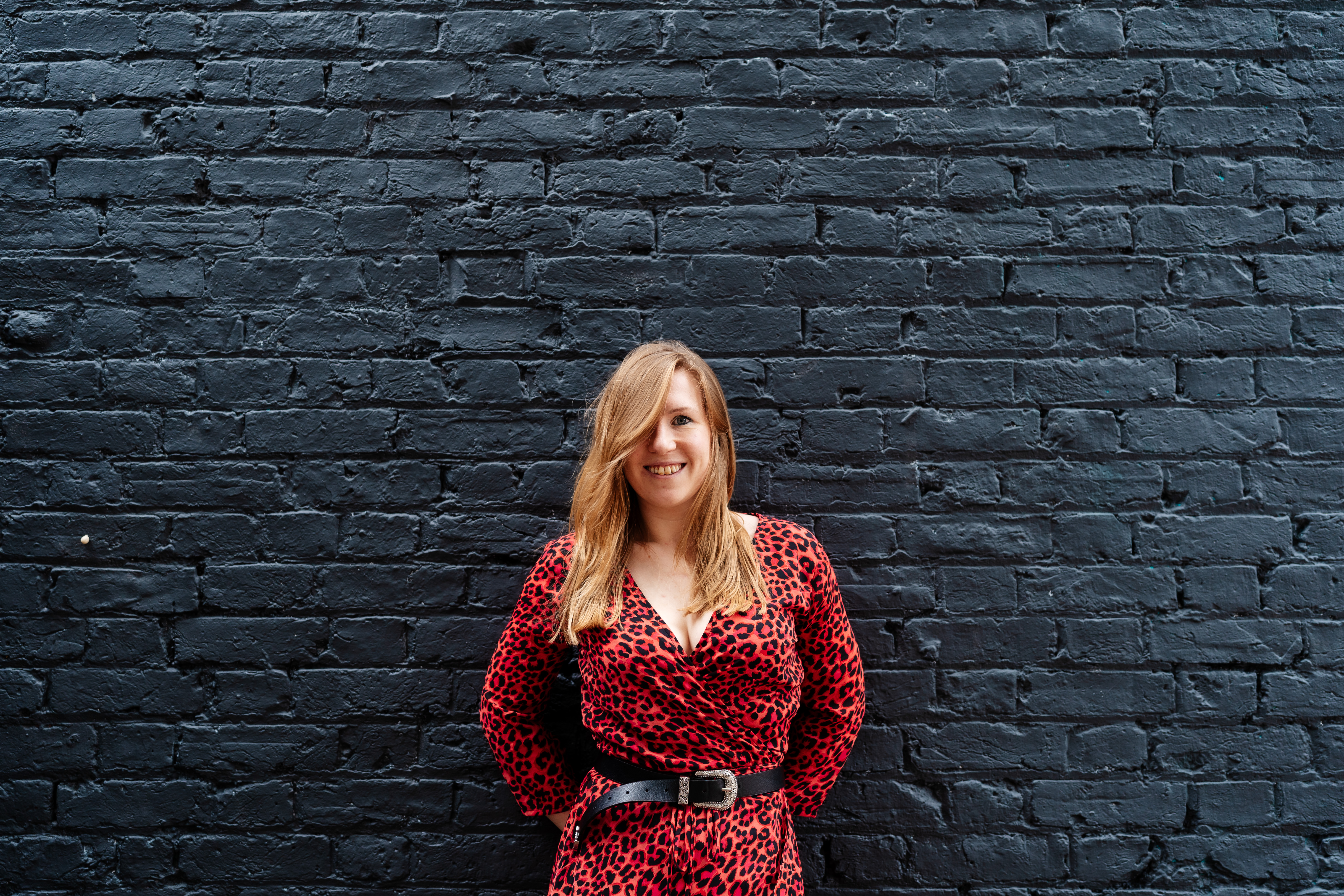
Making It Easy for Others to Refer You
One of the most overlooked parts of learning how to is this: you have to make it ridiculously easy for people to refer you.
Even when someone wants to help, if they don’t know how — or it feels like work — they simply won’t do it. Nikki figured that out early, and built her process around eliminating friction.
“People always start with good intentions,” she told me. “But you don’t want them to have to think. You’ve got to make it so easy for them to do it.”
Here’s how she does exactly that.
Give Them the Words to Say
Whenever someone officially agrees to become a referral partner, Nikki sends them a short blurb they can use to introduce her. It’s direct, friendly, and copy-and-paste simple.
“I send them a blurb they can use to introduce me so they have that ready to go,” she said. “I’ll also include it in my referral newsletter, so it’s always right there when they need it.”
Giving swipe copy is basically a negotiable in any situation where you want someone to promote something. I’ve found this out through doing things like bundles and summits. You have to make it really easy for people. For Nikki’s referral partners, she gives them a few sentences that explain what she does, who she helps, and how to connect her — this way they don’t have to guess or think about what to say.
Make Yourself Easy to Remember
You can’t expect people to memorize your entire offer suite. That’s why Nikki focuses on being remembered for one clear thing.
“When you introduce yourself to people, you’ve got this long ‘I help’ statement that no one remembers — including you,” she laughed. “You want one word that people associate with you.”
For her, that word was launches.
“For a long time, I only specialized in launches — launch strategy and launch copywriting. I would always talk about launches, so that association stuck. When people heard that word, they thought of me.”
That simple positioning is what keeps her name coming up in conversations, even months later.
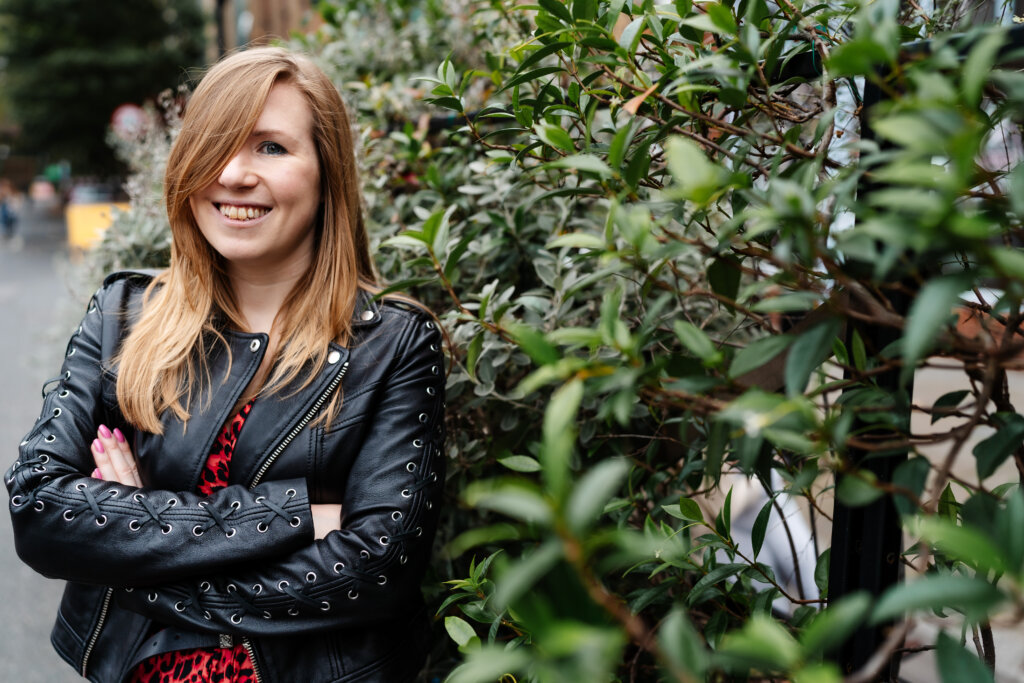
Direct Referral Partners’ Actions Clearly
A key part of Nikki’s success in generating referrals is how specific she gets when asking for help.
“You’ve got to be really clear about what you want them to do,” she said. “It’s just like a call to action in marketing. Tell them the exact next step — do you want them to send an intro email, tag you in a post, mention you in a Facebook group? Spell it out.”
If she’s trying to fill her client roster, she might write:
“Hey, if you see anyone in your Facebook groups asking for a copywriter, could you tag me in the comments? I’m booking for next month.”
It’s low-pressure and easy to execute — which means it actually gets done.
Leverage Facebook Groups and Community Spaces
Nikki learned just how powerful one well-placed shoutout could be when a past client mentioned her name in a Facebook group.
“Someone in a group was asking for a copywriter,” she told me. “My client commented and recommended me. Overnight, I woke up to a coaching inquiry, a done-for-you copy inquiry, a course sale, a tripwire sale, new followers — and an $8,000 project booked. All from one comment.”
That single tag turned into a mini-funnel on autopilot.
“It blew my mind,” she said. “Now, I sometimes include that as part of my outreach — like, ‘Hey, if you see someone asking for a copywriter, feel free to tag me.’ It works.”
How Nikki Compensates Referral Partners
To close the loop, Nikki rewards her partners with a simple but meaningful structure: 10% of the first booked project.
“My minimum project fee is $3,000, so it’s automatically at least $300,” she explained. “And if someone becomes a really good referral partner, I’ll send gifts or increase their commission. It just happens naturally as the relationship grows.”
This is a fairly standard (and definitely smart) way to approach an affiliate-type of relationship. The more her partners feel valued, the more they want to refer her again.
Ultimately, every part of Nikki’s system revolves around making referrals effortless. Her partners don’t have to remember what she does, figure out how to introduce her, or worry about the next step.
She gives them the language, the direction, and the incentive — and that’s why people keep sending clients her way.
“It’s just about making it easy,” she said. “If they can do it in 30 seconds, they will.”
Turning Referrals Into a Long-Term Revenue Stream
By now, you are hopefully starting to see that the reason Nikki has been able to generate client referrals month after month is because she built a rhythm that compounds over time.
When we talked about her results, she said, “The system has brought in $126,000 in revenue in less than two years, and I only spend about two hours a week on it. It’s worked really well for me so far.”
Her referral ecosystem runs like a quiet engine in the background — consistently generating leads, income, and relationships that keep her business stable without requiring her to constantly be online.
Keep the System Simple
There’s a reason Nikki has stayed consistent: she didn’t overcomplicate it.
“It’s not this really structured referral program,” she said. “It’s organized, but chill. I know what I’m doing each week, but it doesn’t feel heavy. It’s just part of how I show up in my business.”
That’s what makes her process scalable. Anyone — coach, designer, consultant, or strategist — can adapt it to fit their own schedule, audience, and energy.
Turn Clients Into Referral Partners
Nikki knows that her clients are some of her best advocates. “If we’ve had a really good working relationship, then I always invite them to become referral partners,” she said. “They already trust me and know my work, so they can confidently recommend me.”
Because the referral fee and process are already in place, every happy client becomes another branch of her revenue engine — expanding her reach without any additional marketing spend.
Why This Approach Works
We live in what I call a trust recession — where audiences are skeptical, burned out, and hesitant to buy without social proof or personal endorsement. That’s why generating client referrals is more powerful now than ever.
When someone says, “I’ve worked with this person, and she’s incredible,” that carries more weight than any ad or funnel ever could. Nikki’s system doesn’t just generate leads — it generates trust, and trust is what converts.
“If you show up, do what you say you’re going to do, and treat people well, they’ll remember you,” she said. “That’s how it keeps working.”
The big takeaway here is: in just two years, Nikki’s built a six-figure revenue stream entirely from relationships — without launches, or ads, or constant content creation.
Her system proves what I’ve been saying for years: if you focus on relationships, your business grows. The trust you build today becomes the income you generate tomorrow.
Because at the end of the day, referrals aren’t random luck, and you have the put the work in — but when you do, getting those referrals are the reward for how you show up.
How to Generate Client Referrals That Last
To wrap this up, at its heart, Nikki’s story is proof that you don’t need complex funnels or viral content to grow a profitable business — you just need people who trust you.
Her approach to generating client referrals is simple, human, and sustainable:
- Build genuine relationships with people who share your audience
- Stay top of mind with consistent, low-effort touchpoints
- Make it easy for others to refer you by giving them clarity and direction
- Reward reciprocity, and treat every connection as a long-term investment
That’s it.
Because when you generate client referrals from real relationships, your business stops relying on algorithms and starts running on integrity.
Nikki summed it up best: “It’s about connection first. The referral is the byproduct.”
And that’s exactly what makes her system so powerful — it’s a business model built on trust, and that trust is currency long term.
. . . . . . . .
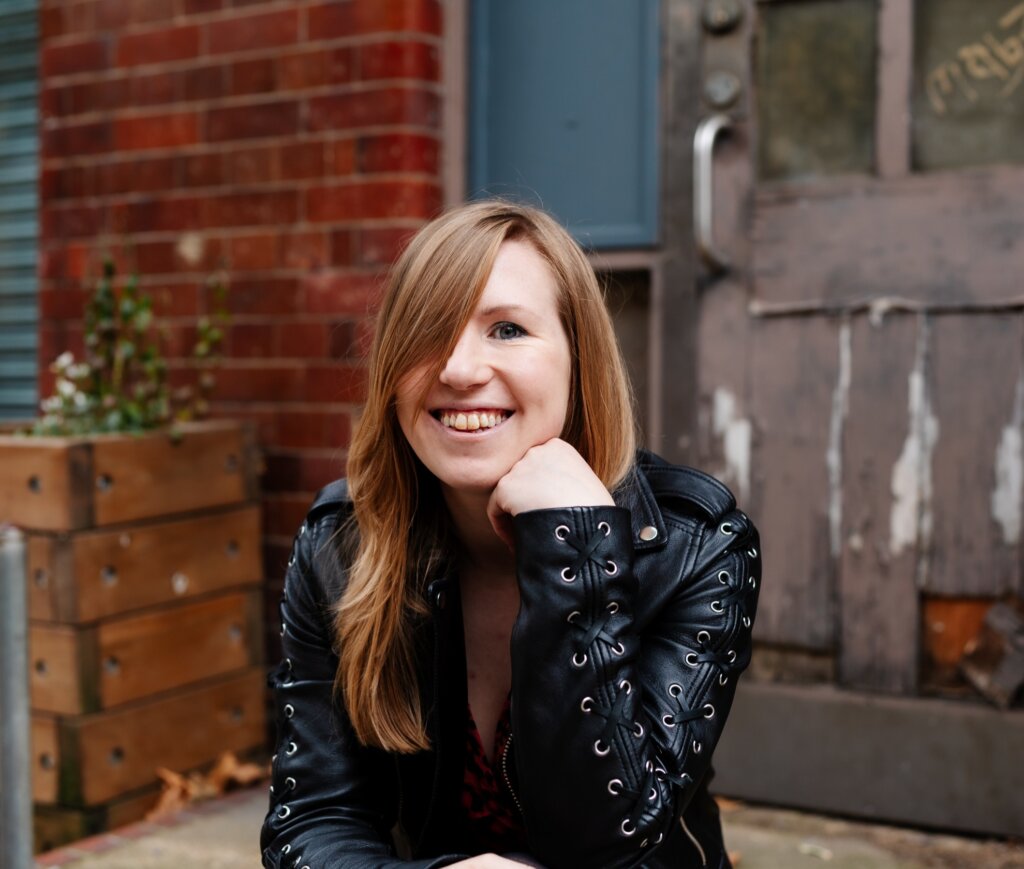
Nikki Trailor is a launch + funnel strategist who helps coaches and course creators add 5-6 figures to their monthly revenue, without launching new offers or increasing their ad spend. She’s a roller skater, puzzle addict, and dance-obsessed marketing nerd who’s on a mission to help more online CEOs scale their business while maintaining a spacious calendar.
Connect with Nikki:
- Say hi on Instagram @nikki_trailor
- Register for Nikki’s FREE masterclass on How to DOUBLE Your Launch or Funnel Revenue

